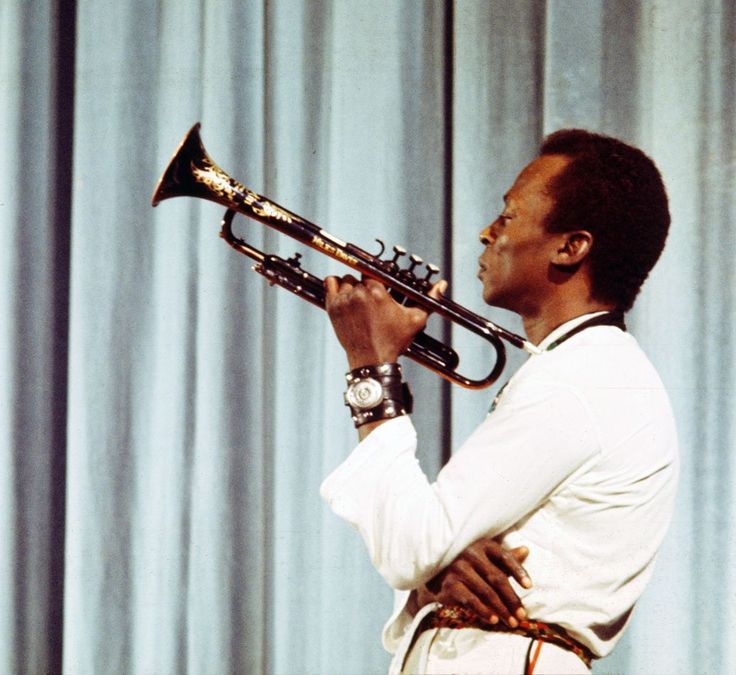
THE MODAL FRAMEWORK
The urge to move away from the familiar sounds of bebop led Miles Davis to develop new approaches to the movement of jazz. In 1955, Davis assembled his first influential band with John Coltrane, Red Garland, Paul Chambers, and Philly Joe Jones, adding Cannonball Adderley in 1958. Davis had begun playing in modes rather than standard chord changes, which led to his most famous album , Kind of Blue.
THE INFLUENCE OF "KIND OF BLUE "
The Kind of Blue album represented an a further expression of the “modal” and “cool” jazz styles that Miles had explored for much of his career. It abandoned the traditional branch of 1950s jazz that led to John Coltrane’s “Giant Steps” and “Countdown” in favor of simplicity and harmonic space. The sounds of Davis’s trumpet and John Coltrane’s tenor saxophone on the album displayed modal jazz with a meditative ambiance.

Modal Jazz Impact
The modal approach was pursued further in Miles and other jazz artists’ subsequent recordings. John Coltrane’s work in the 1960s with advanced the modal concept in an intense direction. By the late 1960s, modal resources had become widely accepted in jazz. The modal approach also became a common feature in famous rock, funk, and jazz-funk genres.
Conclusion
Davis had in mind a new approach to jazz that would signify his transition away from the hard bop style that had defined the previous decade. This was Davis’s chance to introduce a new type of music known as modal jazz. The first track on Kind of Blue, entitled “So What,” may be considered the quintessential modal tune, and its structure contributes to a straightforward definition of modal jazz. With its emphasis on harmonies and improvisation, Modal jazz offered a chance to escape the confines of traditional sounds that had characterized jazz for nearly four decades. Kind of Blue was the ultimate realization of Davis’s desire for melodic freedom. It was the first album to embody modal jazz fully, and it provided an ideal setting for the style of improvisation that Davis had exhibited since he began his musical journey.


